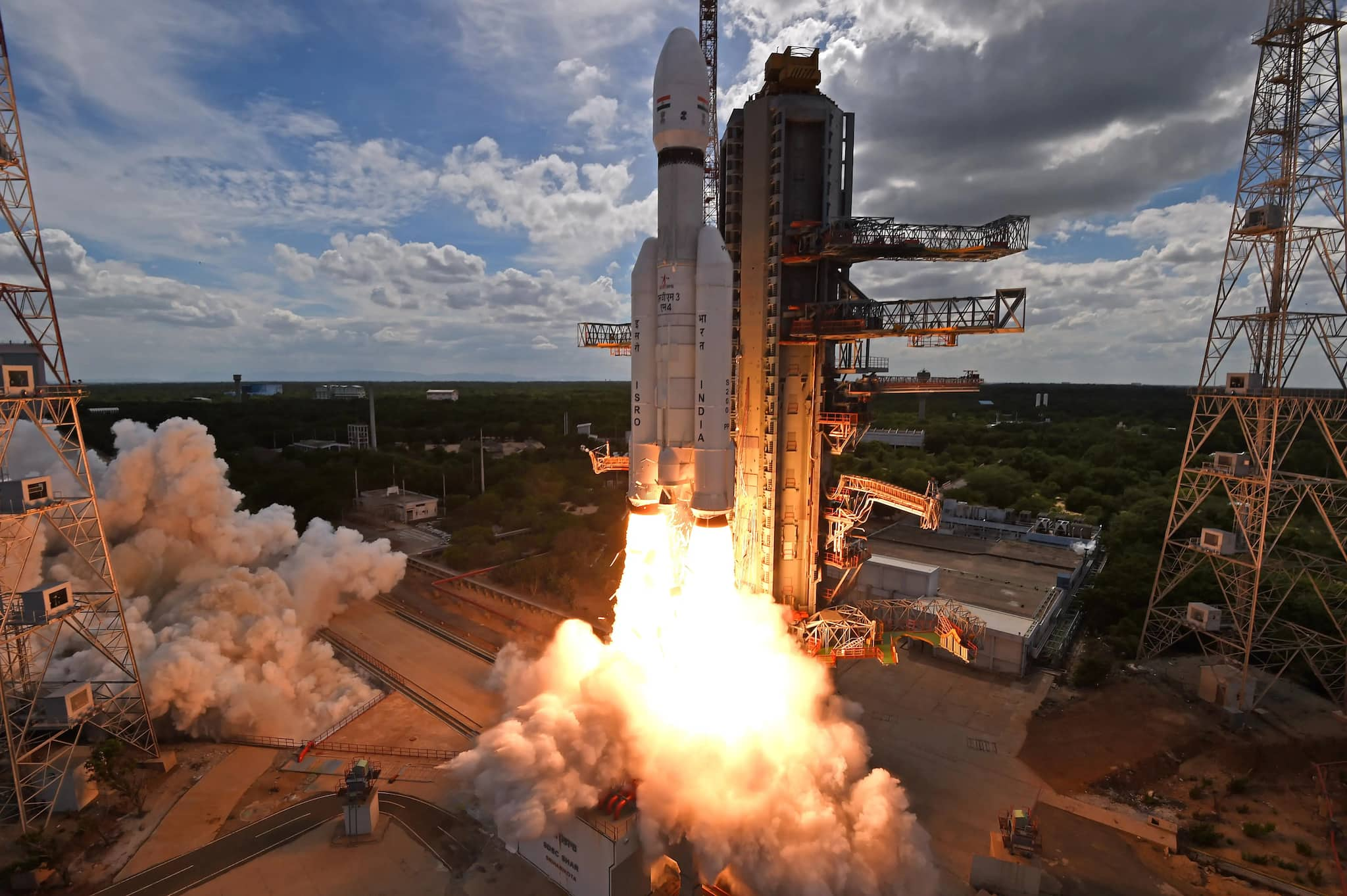 |
|
The Indian Space Research Organisation (ISRO) is poised for a momentous year in 2025, culminating in its 100th rocket launch, a significant milestone in India's space exploration journey. This ambitious undertaking is set against a backdrop of several crucial missions, most notably Chandrayaan-4 and the Gaganyaan human spaceflight program. The planned January launch marks not only a numerical achievement but also underscores the accelerating pace of India's space capabilities. The success of Chandrayaan-3, a precursor to Chandrayaan-4, has further solidified India's position in lunar exploration and provided invaluable experience and data for future endeavors. The upcoming Chandrayaan-4 mission, scheduled for docking operations on January 7th, promises to build upon this success, advancing India's understanding of the moon's surface and subsurface.
Central to ISRO's 2025 plans is the Gaganyaan mission, a project of immense national pride. The uncrewed test flights, slated for the first quarter of the year, are crucial steps in validating the spacecraft's systems and procedures before a crewed mission is attempted. The success of these test flights will pave the way for India to become the fourth nation capable of independently launching human spaceflight missions, a landmark achievement that would significantly boost India's global standing in aerospace technology. The Gaganyaan program represents not just a technological leap but also a considerable investment in human capital, training a new generation of Indian astronauts and developing cutting-edge technologies in life support, navigation, and spacecraft design. The mission's implications extend beyond national pride, offering potential avenues for international collaboration and technological advancement.
Beyond its lunar and human spaceflight ambitions, ISRO also has significant plans for enhancing its Earth observation and communication capabilities. The launch of EOS-05, also known as GISAT-2, will provide higher-resolution geospatial imagery, crucial for applications in disaster management, urban planning, agriculture, and resource monitoring. This advanced satellite technology will further refine India's ability to respond effectively to natural disasters and improve resource management strategies. In tandem with these advancements, the Indian Data Relay Satellite System (IDRSS) will play a critical role in ensuring real-time communication between spacecraft and ground stations. The first two satellites in this system, IDRSS-1 and IDRSS-2, scheduled for launch in 2025 and 2026 respectively, will be vital for supporting long-duration missions, such as future Gaganyaan flights, providing a continuous communication link and enabling more effective mission control. This will significantly improve the operational efficiency and safety of future space missions.
The year 2025 is shaping up to be a pivotal year for ISRO, showcasing the remarkable progress India has made in its space program. The ambitious goals outlined by ISRO Chairman S. Somanath underscore the nation's commitment to scientific advancement and its growing influence in the global space arena. The success of these missions will not only demonstrate India's technological prowess but also pave the way for further exploration, fostering collaboration with other space agencies and opening up new opportunities in space-based technologies and services. The integration of these diverse mission objectives—lunar exploration, human spaceflight, Earth observation, and communication—demonstrates a comprehensive approach to space exploration, maximizing the benefits of scientific advancement for the nation's development and global standing. Furthermore, these missions represent a significant investment in research and development, driving innovation across various technological sectors and creating new employment opportunities.
Source: ISRO prepares for 100th rocket launch: Chandrayaan-4 and Gaganyaan set to steal spotlight in 2025
